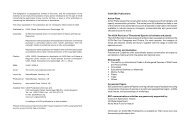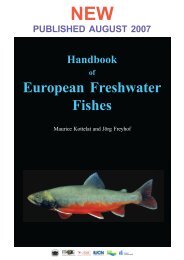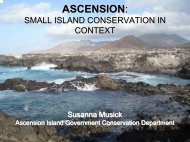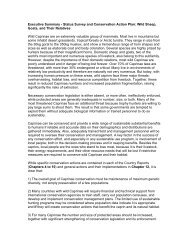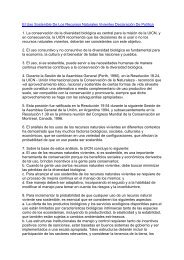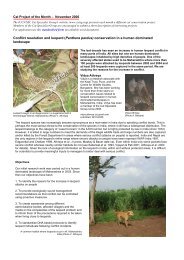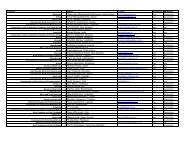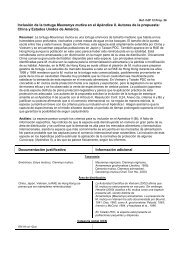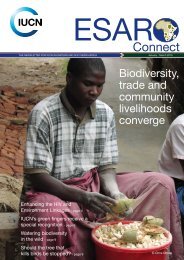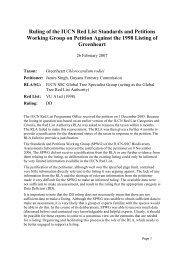Planning education to care for the earth - IUCN Knowledge Network
Planning education to care for the earth - IUCN Knowledge Network
Planning education to care for the earth - IUCN Knowledge Network
You also want an ePaper? Increase the reach of your titles
YUMPU automatically turns print PDFs into web optimized ePapers that Google loves.
<strong>Planning</strong> <strong>education</strong> <strong>to</strong> <strong>care</strong> <strong>for</strong> <strong>the</strong> <strong>earth</strong>The United Nations Environment Programme (UNEP) has invitedEnvironment Canada <strong>to</strong> advise on ways of developing and marketing globalenvironmental citizenship. The World Meteorological Organization(WMO) has presented <strong>the</strong> environmental citizenship messages as a modelwhich may be followed by o<strong>the</strong>r meteorological services in developingpublic <strong>education</strong> programmes.Measuring resultsThe Environmental Citizenship Programme would, ideally, be evaluated byasking people what <strong>the</strong>y know about <strong>the</strong> environment, what actions <strong>the</strong>y aretaking at home, in <strong>the</strong> workplace, and so on. Such questions, however, elicitresponses which reflect a huge number of societal <strong>for</strong>ces; it would not bepossible <strong>to</strong> distinguish Environment Canada’s contribution <strong>to</strong> <strong>the</strong> ef<strong>for</strong>t.A more realistic approach would be <strong>to</strong> assess how well <strong>the</strong> programme isdoing in relation <strong>to</strong> each of its five objectives and whe<strong>the</strong>r <strong>the</strong>se objectivescontribute effectively <strong>to</strong> <strong>the</strong> programme goal.ConclusionEnvironment Canada’s <strong>education</strong> and community outreach activitieshave been organized around <strong>the</strong> <strong>the</strong>me of environmental citizenship.The Environmental Citizenship Initiative was announced in mid-1992. A year later, a core of <strong>education</strong>al products - primers, “ideasnapshots”, and messages - had been developed. Strategic allianceshad been established and a powerful coalition of national <strong>education</strong>leaders had come <strong>to</strong>ge<strong>the</strong>r <strong>to</strong> support <strong>the</strong> initiative.A few fundamentals determine <strong>the</strong> long-term success of initiativeslike <strong>the</strong> Environmental Citizenship Programme. The first is <strong>to</strong> ensurethat programmes are built on existing strengths, including internalinfrastructures such as wea<strong>the</strong>r offices or national parks, and onexisting networks of partners. These strengths, taken <strong>to</strong>ge<strong>the</strong>r, allow<strong>for</strong> <strong>the</strong> building of a shared agenda. Once <strong>the</strong> agenda is clarified, acore set of <strong>to</strong>ols, like primers, will be required. Finally, with <strong>to</strong>olsand partners in hand, <strong>the</strong> reporting and sharing of results -particularly successes - is essential. Behavioural change takes time.It calls <strong>for</strong> an acknowledgement of your organizations’ role in<strong>education</strong> and <strong>the</strong>n it calls <strong>for</strong> patience and long-term support.102



